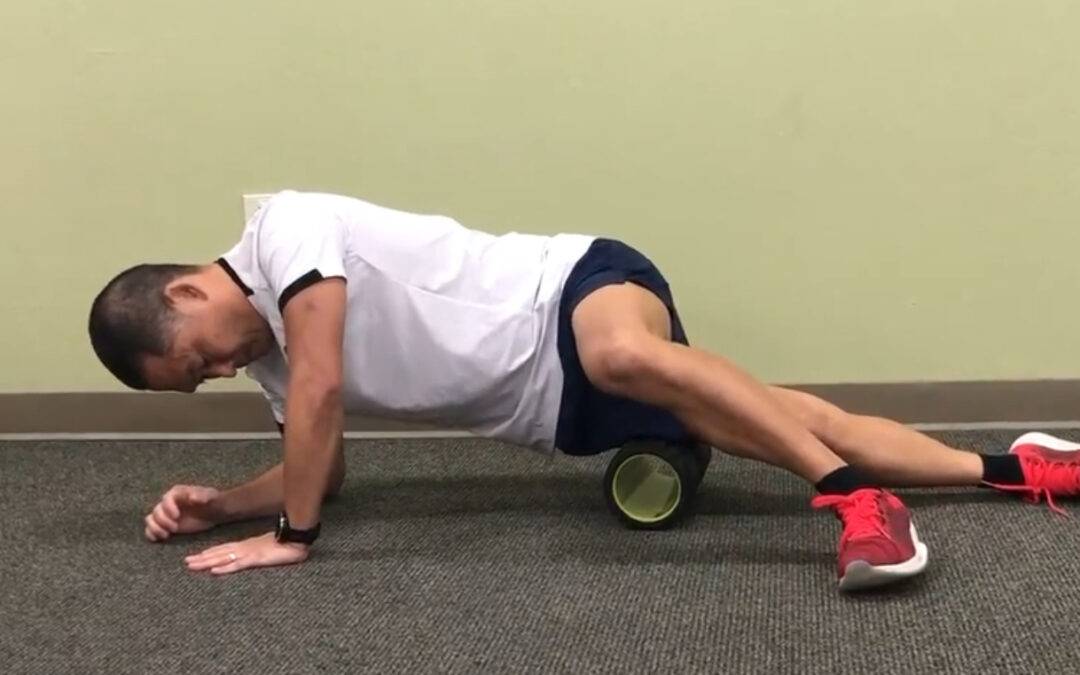Foam Rolling: A Runner’s Best Friend
Conquering Mileage and Speed Without the Soreness
Being able to hammer through long runs (mine are currently at 16 miles) and completing 2 quality speed sessions per week is quickly building my fitness and also feels great. But there’s a post-workout side effect we all know too well: tightness and soreness.
Cranking up mileage and intensity puts stress on our legs, hips, and back. If we ignore this tension, it builds up, run after run, limiting our mobility. Here’s the problem: limited mobility is an injury waiting to happen. Your body gets pushed beyond its usual range of motion, and – bam! – a pulled muscle sidelines you.
Foam Rolling: My Recovery BFF
This is where the magic of foam rolling comes in. It’s a simple self-massage tool that’s become a game-changer in my recovery routine. By targeting those extra-tight spots and trigger points in my hips, legs, back, and calves, I’ve seen a big difference:
- Reduced soreness and fatigue: Foam rolling helps break down built-up tension, leaving me feeling less sore and wiped out after workouts.
- Improved mobility: By addressing tightness, foam rolling increases my range of motion, allowing me to perform better during every run.
- Injury prevention: Better mobility means my body is better equipped to handle the demands of running, reducing my risk of injuries.
The Art of the Roll: How to Get the Most Out of It
Here’s the key to making foam rolling work for you: focus on applying sustained pressure, not just rolling around aimlessly.
- Find your trigger point: Seek out those tight areas or knots in your muscles.
- Hold and release: Position the foam roller on the tight spot and hold for 15-30 seconds.
- Breathe and relax: Deep breaths help you relax the targeted muscle, allowing it to respond better to the pressure.
- Visualize relief: Imagine the tension melting away under the roller, enhancing the relaxation effect.
Bonus Tip: Consistency is key! Make foam rolling a regular part of your routine, ideally after workouts or on rest days.
By incorporating foam rolling into your recovery plan, you can manage muscle tightness, improve your mobility, and ultimately become a stronger, more resilient runner.
Are you looking for running tips and tricks or need help with your running performance? Contact us today and one of our qualified physical therapist can help keep you in the race!

